Sometimes it’s not what we say, but what we fail to say.
Yesterday we sent out the latest issue of the Trailblazer newsletter with a theme of gratitude. Today I’m sharing with you our deep regret for unintentionally omitting wópida, which is the Dakota word for "thank you," from what we had intended to be an inclusive message of thanks. With that omission, we failed to represent the Dakota people. It is commonly stated that the Dakota people are invisible in their own homeland. This incident demonstrates the truth in that statement.
Mni Sota is the birthplace of the Dakota people, who have been here for many centuries and continue to play a significant role. It was brought to our attention that the omission of Dakota language in our newsletter felt like a form of erasure, which is something the Dakota people have experienced in multiple ways. With this email, we want to acknowledge this truly regrettable omission and apologize to all Dakota people and all readers of the Trailblazer.
At the Minnesota DNR we are continuously learning about different cultures and cultural groups, to better serve all Minnesotans. For the Trailblazer newsletter specifically, we always strive to include as much representation as possible, be it through language and stories, or through photos, history and art. This newsletter has grown and become successful only thanks to those collaborations and cultural diversity.
We work with the experts of the cultures we represent so we can get it right. But despite this intent and effort, we don’t always get it right. We’re committed to learning from our mistakes, and we’ll continue to work collaboratively to represent the Dakota accurately and all people who share the geography of Minnesota.
Please keep the feedback coming. As we continue to learn and grow, we invite all our readers to learn with us and enjoy this corrected version of the Trailblazer.
With Deepest Apologies, Emičíktuŋža,
Ann Pierce
Director, Parks and Trails Division
Minnesota Department of Natural Resources
 Wópida. Miigwech. Gracias. Danke. Grazie. Obrigados. Mahadsanid. Ua tsaug. Ευχαριστώ. Thank you.
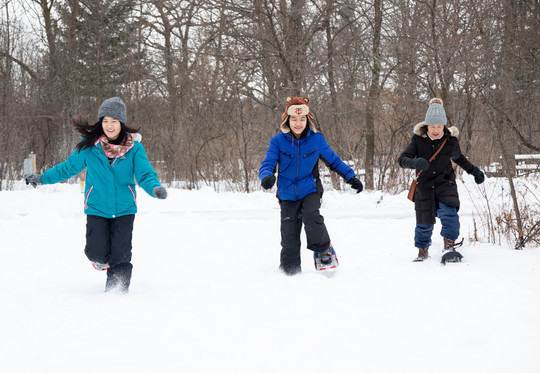
Science has proven that gratitude improves well-being. As does nature!
Gratitude is a skill that everyone can develop. It just takes practice. Decide to feel grateful each day through reflection, journaling, being present in the moment, or by visiting people and places you are grateful for.
In Minnesota we have a vast outdoor playground with many opportunities to explore, discover interests, and enrich lives year-round. Don't let cold temperatures deter you: Grab a coat and a favorite person, and head outside to feel gratitude for our special places and those who care for them.
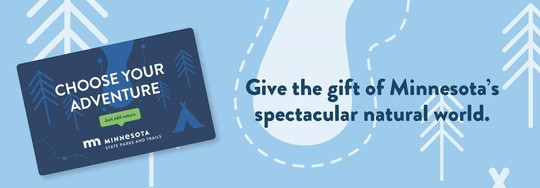

 Itasca State Park, where the mighty Mississippi begins to flow to the Gulf of Mexico.
With over 16,000 miles of rivers and streams, we are blessed with beautiful flowing landscapes. From the mighty Mississippi to the Minnesota and Kettle rivers, the winding system of waters includes 4,500 miles of state water trails.
Plan Your Visit
Discover Itasca State Park in the winter and experience the iconic Headwaters of the Mississippi River. Make your way down the Great River Road, along the south shore of Minnesota, and enjoy views from the majestic bluffs towering over the Mississippi at Frontenac, John Latsch and Great River Bluffs state parks.
From the Minnesota Conservation Volunteer (MCV) magazine: An ash tree helps Will Nelson reconnect to the natural world, with the Mississippi as the backdrop.

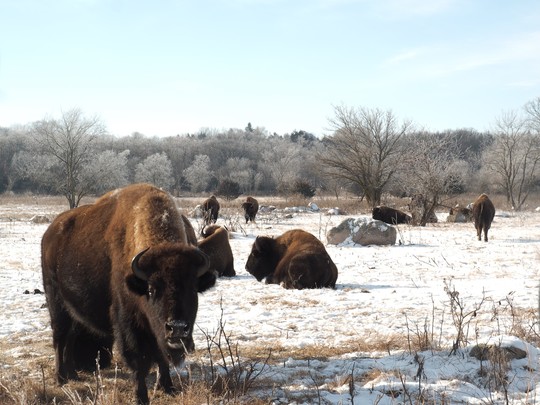 While only 2% of the original 18 million acres of prairie that once covered the state exist today, Minnesota’s prairies provide critical habitat for pollinators, songbirds, waterfowl and other wildlife species that evolved with this unique landscape.
Plan Your Visit
Drive through the bison range at Minneopa State Park. The bison herd is part of the Minnesota Bison Conservation Herd, managed to protect wild bison and preserve their genetic diversity. Visit Glacial Lakes State Park and stand on top of the scenic glacial hills to experience the vast, open prairie. Ski the trails at Glendalough or William O'Brien state parks. Wrap up your visit with a night at a camper cabin. All these parks have at least one accessible camper cabin.
FROM THE MCV: Photographer Jim Brandenburg gets back to the grasslands and we get to enjoy the beautiful imagery he captured in Into the Great Wide Open.
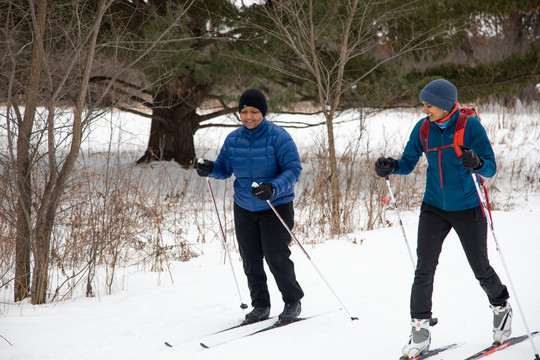 Get your Great Minnesota Ski Pass to enjoy miles of ski trails at state parks, forests, trails, as well as grant-in-aid trails.
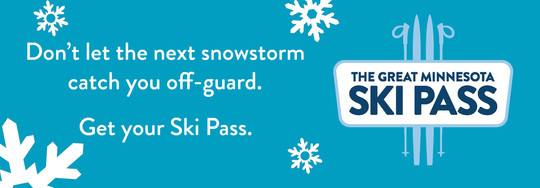
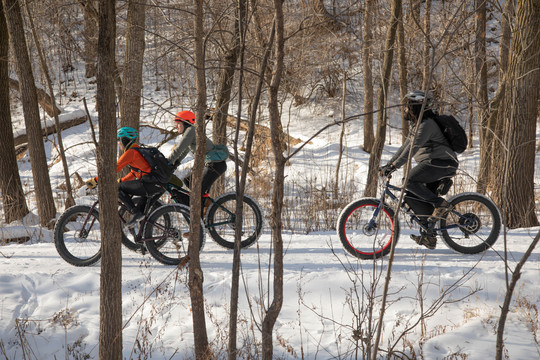 Fifty-two native tree species grow on 17.4 million acres of forestland in Minnesota providing us oxygen, food, shade, wildlife habitat, forest products, carbon sequestration and recreation opportunities.
Plan Your Visit
Minnesota State Forests offer miles of trails for hiking, hunting, mountain biking, off-highway vehicle (OHV) riding, cross-country skiing, snowshoeing, horseback riding and more.
FROM THE MCV: Minnesota forests face a changing future in a warmer, wetter climate. In When a Tree Falls in the Woods, Amanda Kueper writes about the forests of the future.
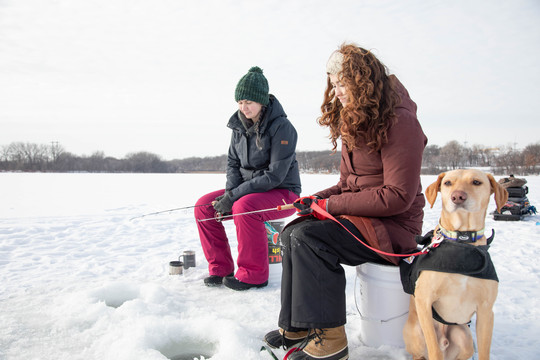 From 31,700-square-mile Lake Superior along our North Shore to 6-acre Spoon Lake in Maplewood, the Land of 10,000 Lakes is actually home to about 11,842 lakes, many originating from melting glaciers of the last Ice Age.
Plan Your Visit
Don't be deceived by the occasional warm day. Water temperatures are now too cold for kayaking or canoeing. Until your next paddling adventure, and when the ice is thick enough, take advantage of the extra miles for snowmobiling, skiing and fat biking — or try ice fishing!
FROM THE MCV: For Travis Novitsky and his people, the Ojibwe, water is the lifeblood of the land — the life-giver and the life-sustainer.
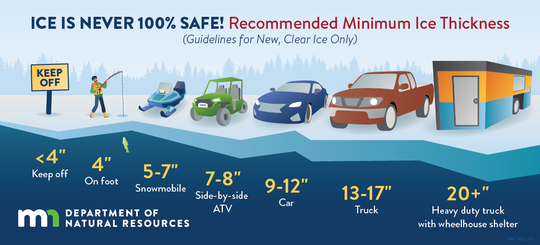
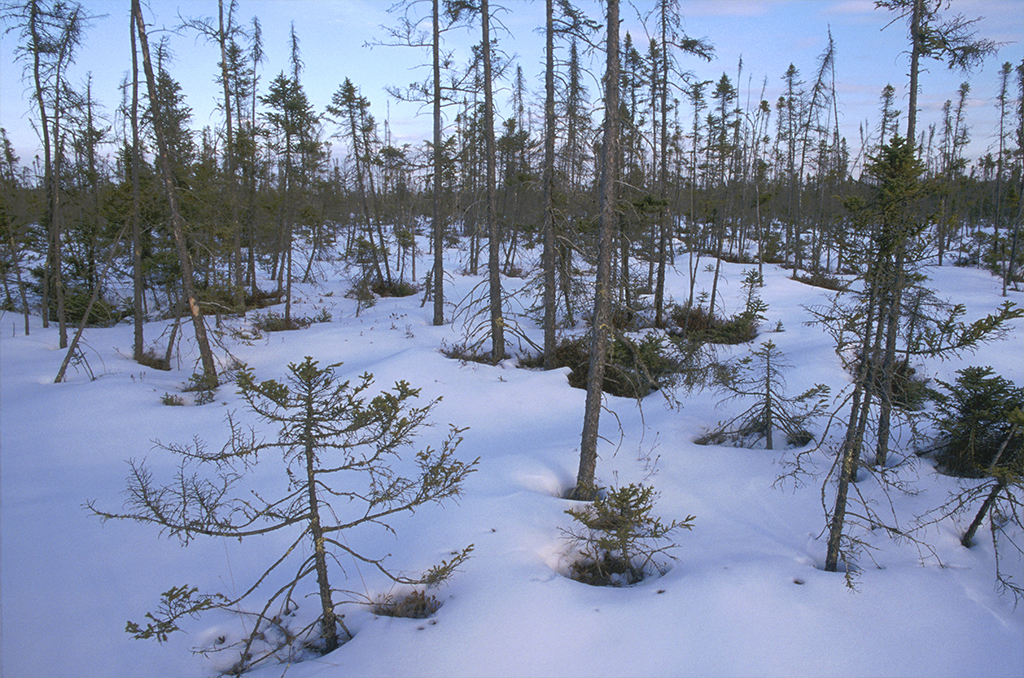 Stunted spruce in winter at Lost Lake Peatland SNA. PHOTO: ColdSnap Photography
Minnesota has over 6 million acres of peatlands. More than any other state in the U.S. besides Alaska. Peatlands are among the most valuable ecosystems on Earth; they're critical for preserving global biodiversity, provide safe drinking water, minimize flood risk and help address climate change.
Plan Your Visit
Walk the boardwalks at Big Bog State Recreation Area, Lake Bemidji State Park and Hayes Lake State Park to get a look at the unique plant and animal life of three different bogs. You'll find something different to observe each of the four seasons. Lost Lake Peatland SNA (Scientific and Natural Area) offers a serene experience for hikers, skiers and snowshoers.
FROM THE MCV: Minnesota photographers Jim and Judy Brandenburg made images of northern Minnesota native orchids that thrive amid moss, peat and ancient conifers.
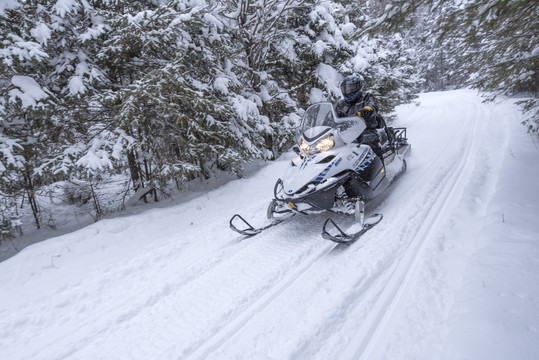 The David Dill/Arrowhead State Trail provides 135 miles of winter recreation opportunities.
A network of state and regional trails connects communities throughout Minnesota and awaits your next snowmobiling, biking, cross-country skiing or walking adventure. When not covered in snow, state trails offer miles of accessible recreation for outdoorspeople on wheelchairs. What's your adventure?
PLAN YOUR VISIT: Travel north on your snowmobile from Tower to International Falls on the David Dill/Arrowhead State Trail, through Kabetogama State Forest and the Lost Lake Peatland SNA, past rolling hills and aspen, spruce and ash forests.
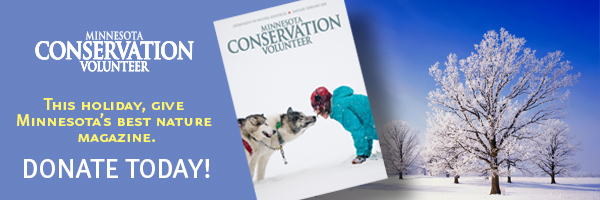
 The faces and stories of our visitors and staff.
In 2012, Carl Antus suffered a massive stroke in his right middle cerebral artery. He was 59 years old. Overnight he became paralyzed on his left side, and had seizures and severe cognitive impairments.
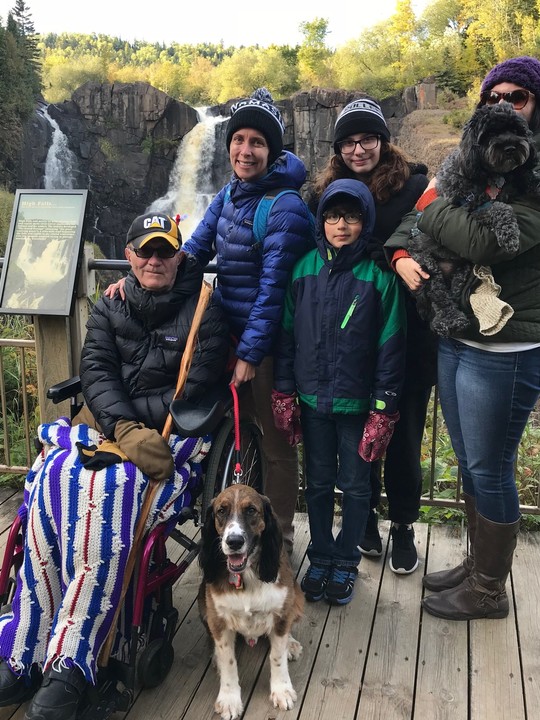 Carl made an impromptu trek to High Falls with his family during their "Autumn leaf tour" in 2018. PHOTO: Carly J. Antus Wilk and Christopher J. Wilk
Prior to his stroke, Carl was an avid outdoorsman, who enjoyed deer and partridge hunting, and hiking through the woods. Before plunging into the lifestyle of full-time caregiver for her dad, Carly spent a lot of her time rock-climbing, hiking, and cross-country skiing. After the stroke, going back to outdoors life seemed out of reach for both.
That is, until the family discovered the number of accessible trails of Minnesota state parks! A highlight? The paved trail leading to High Falls at Grand Portage State Park. The breathtaking vista would be completely unattainable for Carl, if not for the well-maintained route. Carly shared the immense gratitude: "That he can take advantage of such a scene is a testament to the dedication of the Minnesota DNR when it comes to providing access to all visitors."
Accessible trails have given both father and daughter the ability to get outside and enjoy the simplicity of a walk in the woods.

Check our website before visiting state parks to find out if a hunt is scheduled.
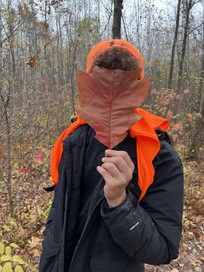
Many Minnesota state parks hold managed hunts in October, November and December as a way to help control the deer population in the parks. Our goal is to ensure healthy natural communities. When too many deer are in one area, the native plants and animals are negatively affected.
When you visit during hunting season...
 Wear blaze orange or other brightly colored clothing, even if you will not be hunting. Wear blaze orange or other brightly colored clothing, even if you will not be hunting.
 Check with the park office when you arrive, to see if there's any additional hunt-related information. Check with the park office when you arrive, to see if there's any additional hunt-related information.
 Watch carefully for any hunt-related signage in the park, and follow it! Watch carefully for any hunt-related signage in the park, and follow it!
All state forests and wildlife management areas are open to hunting.
|
|
